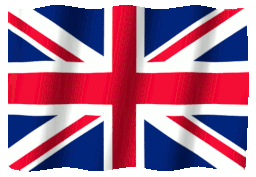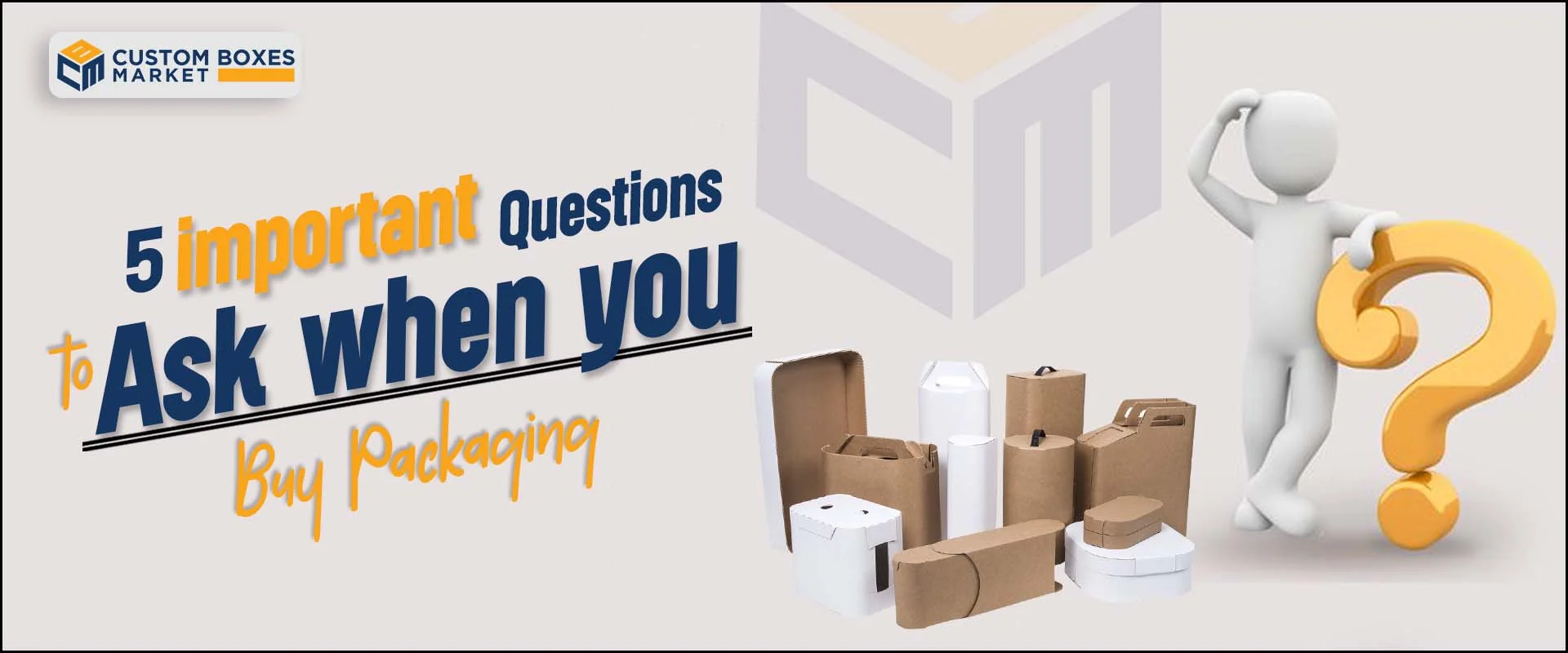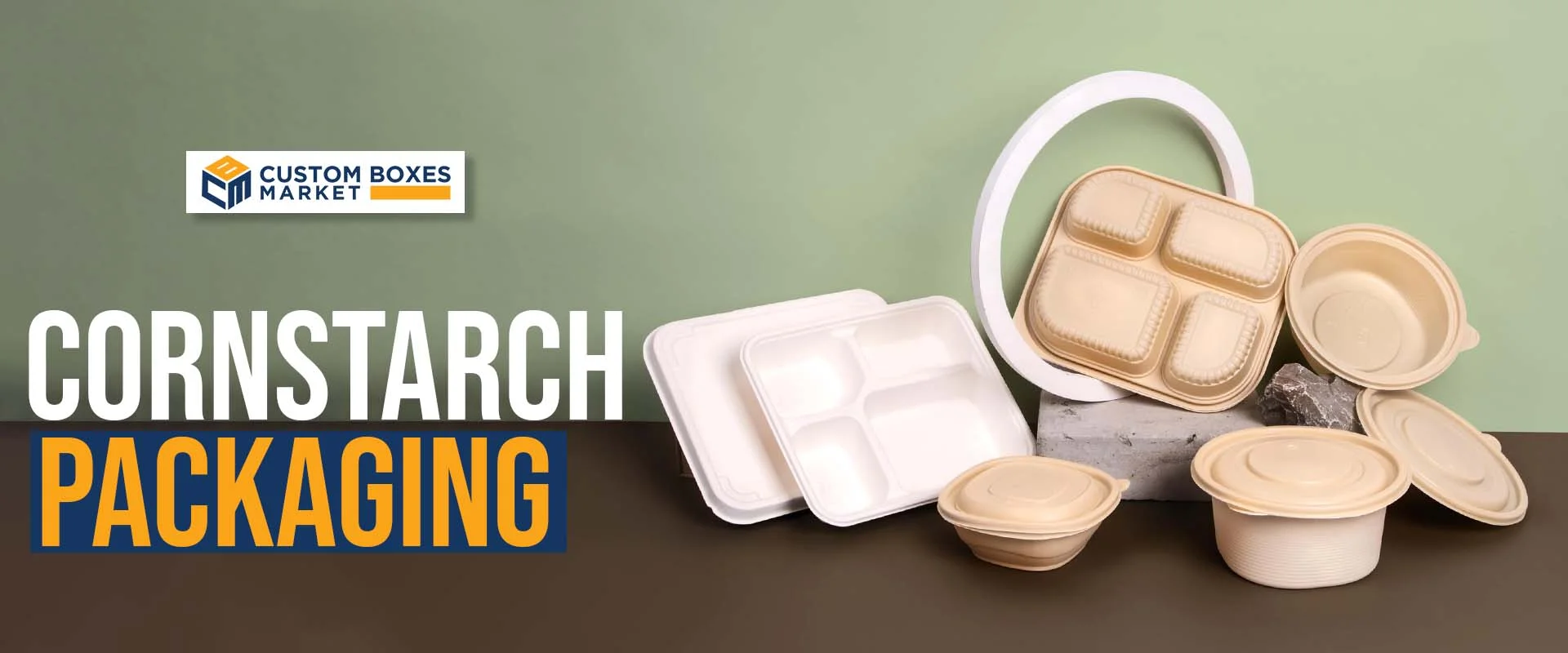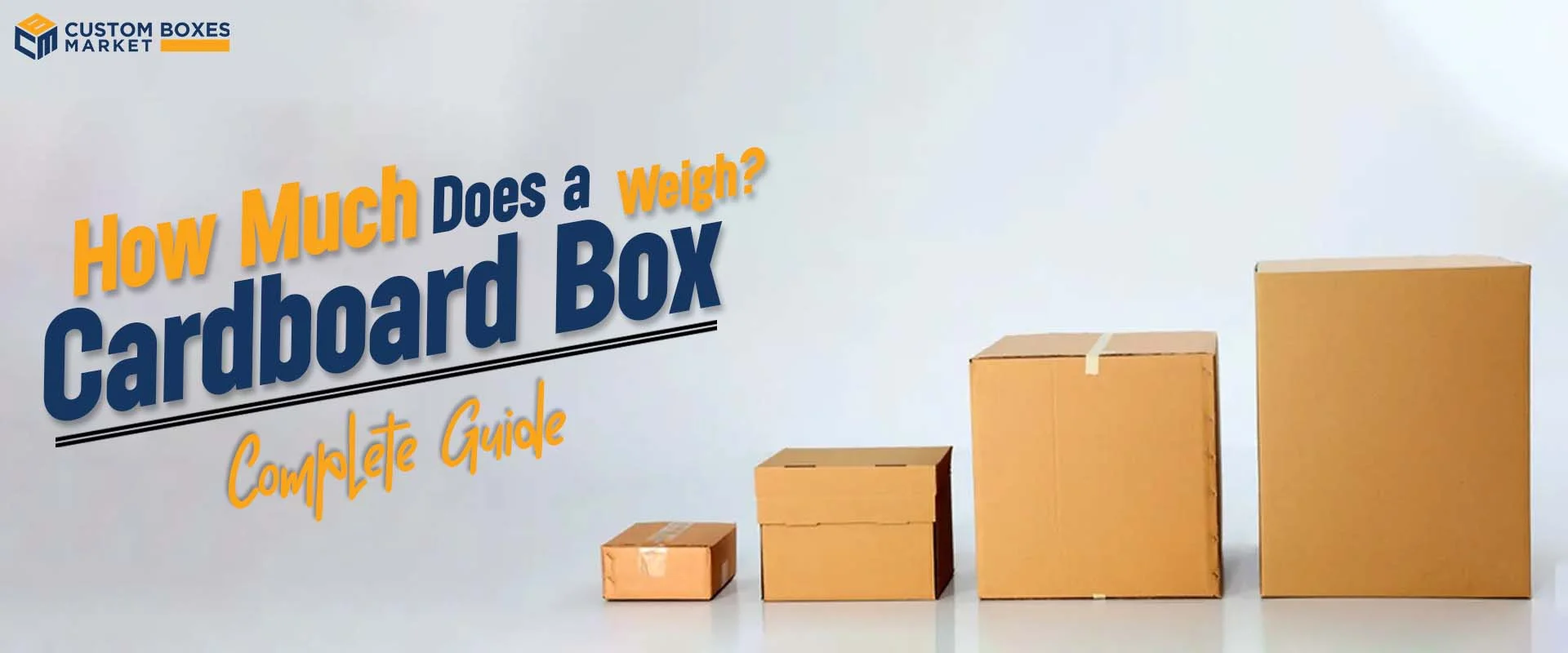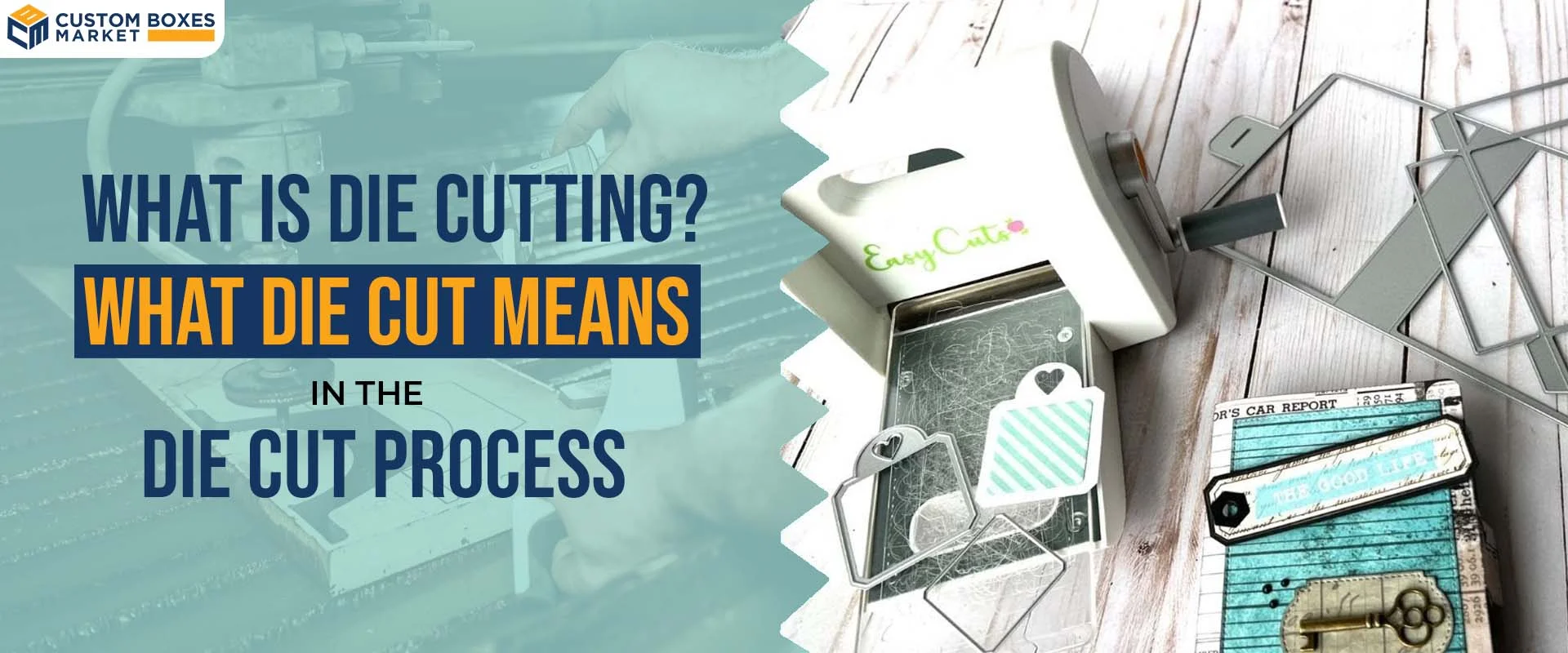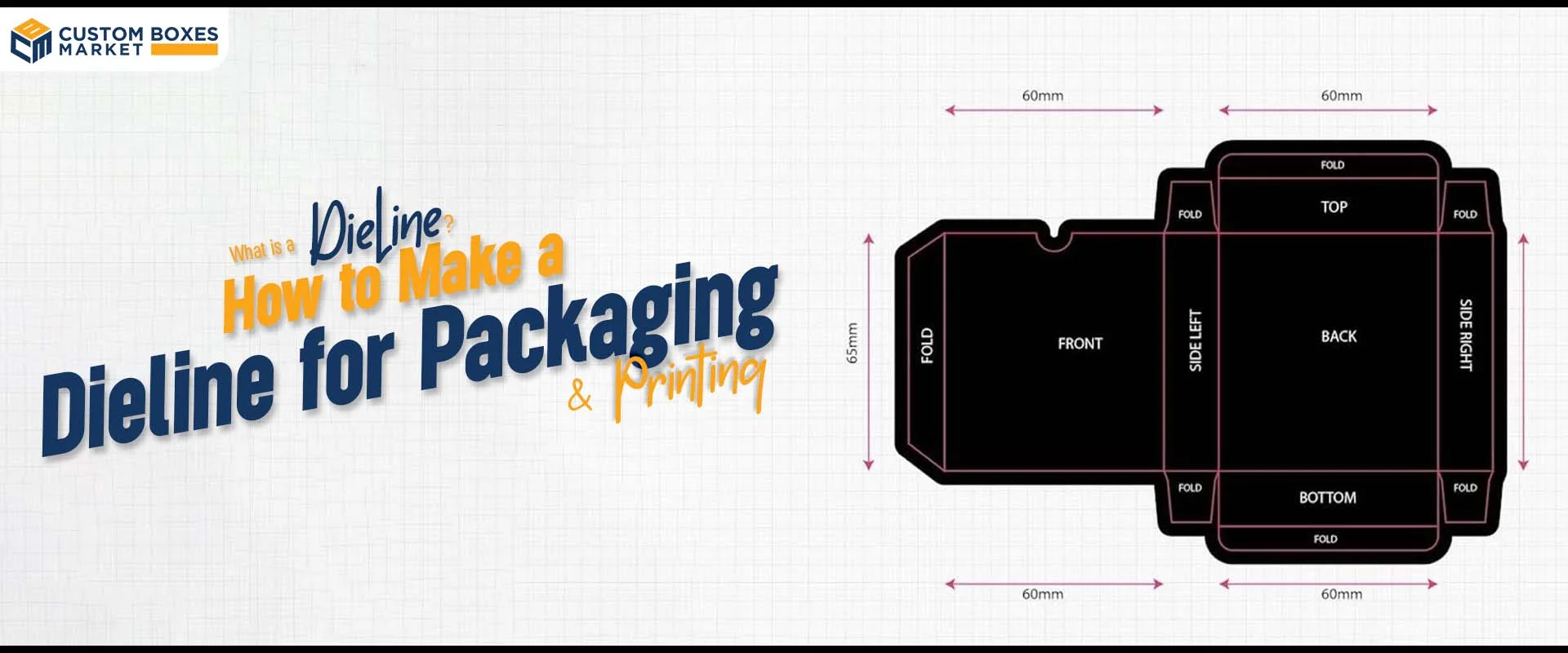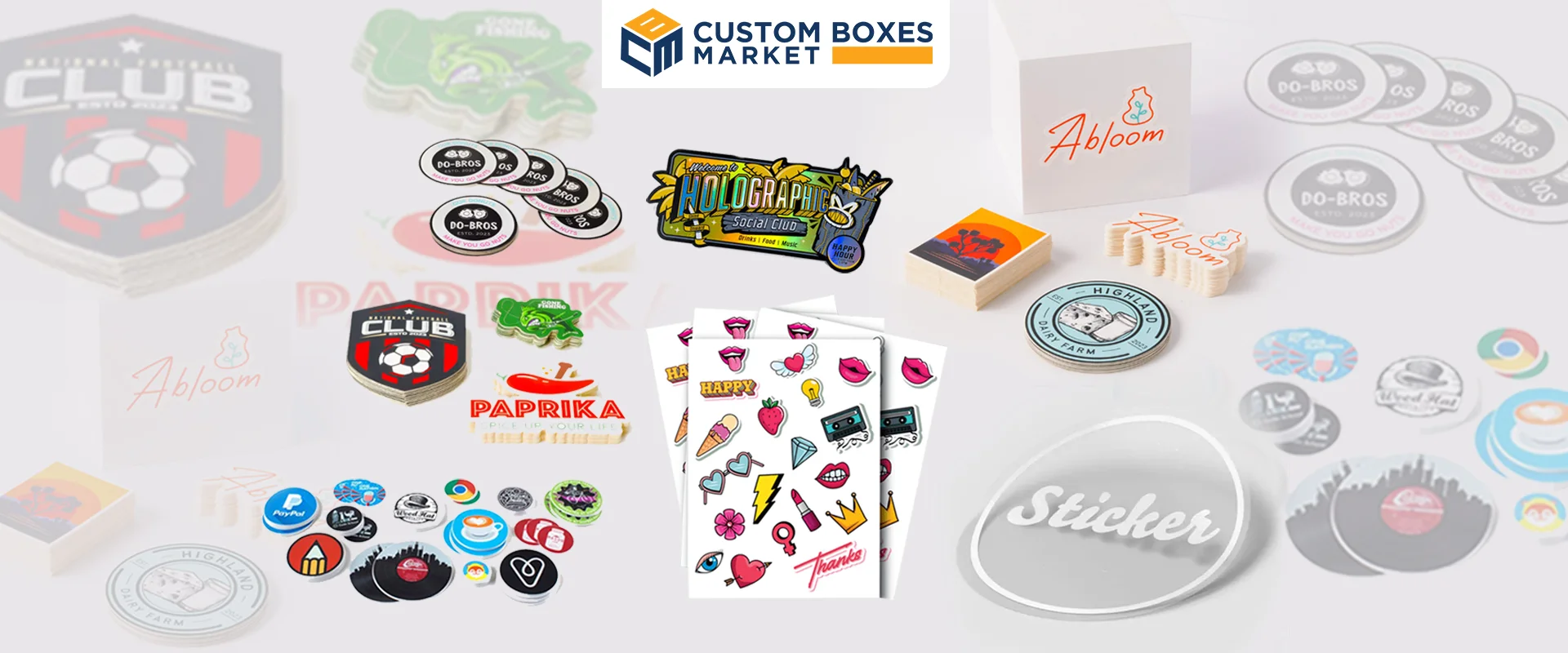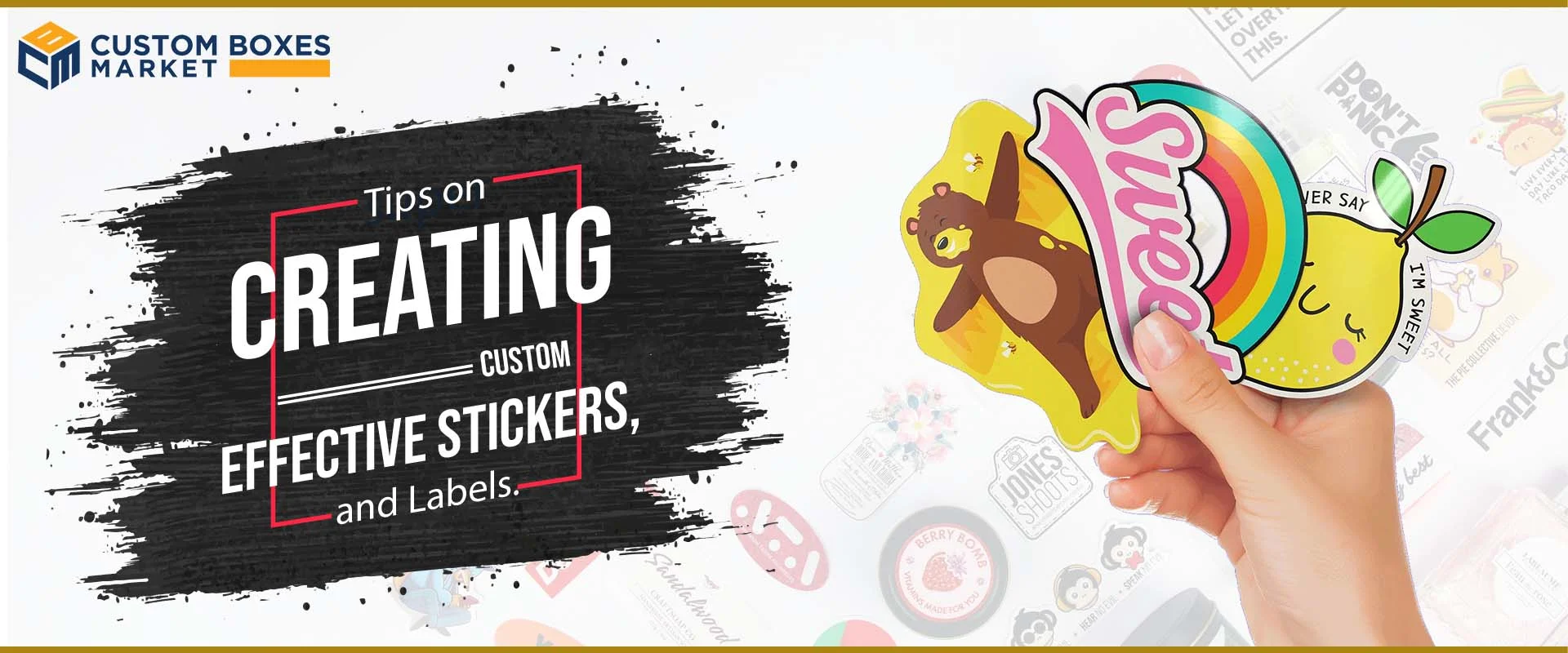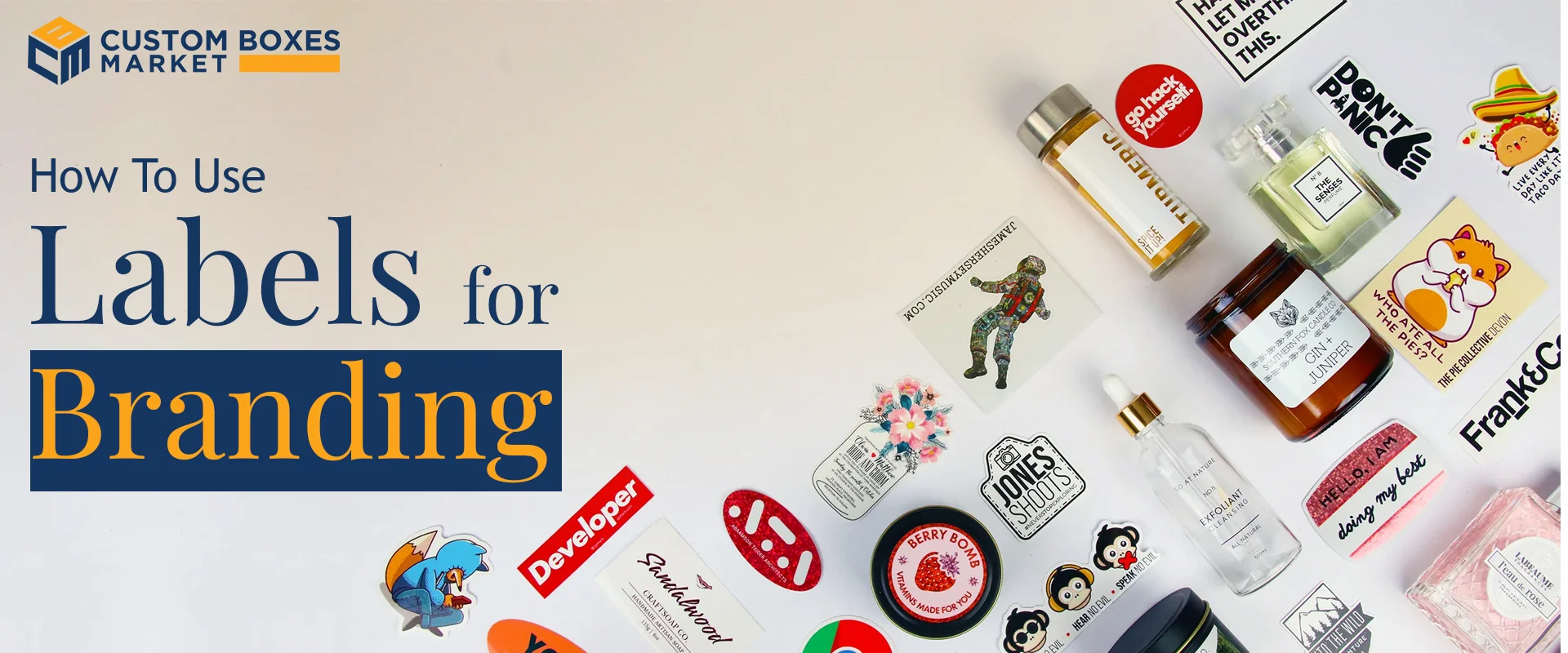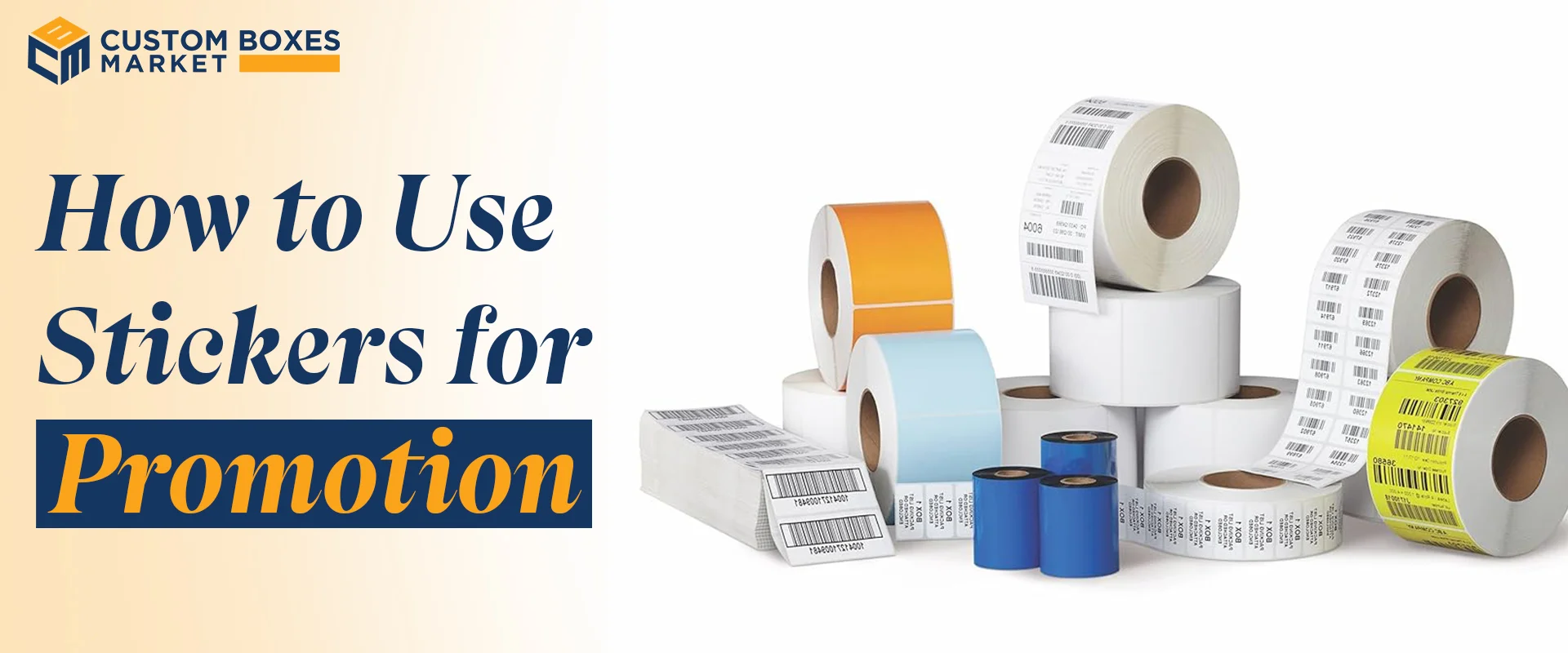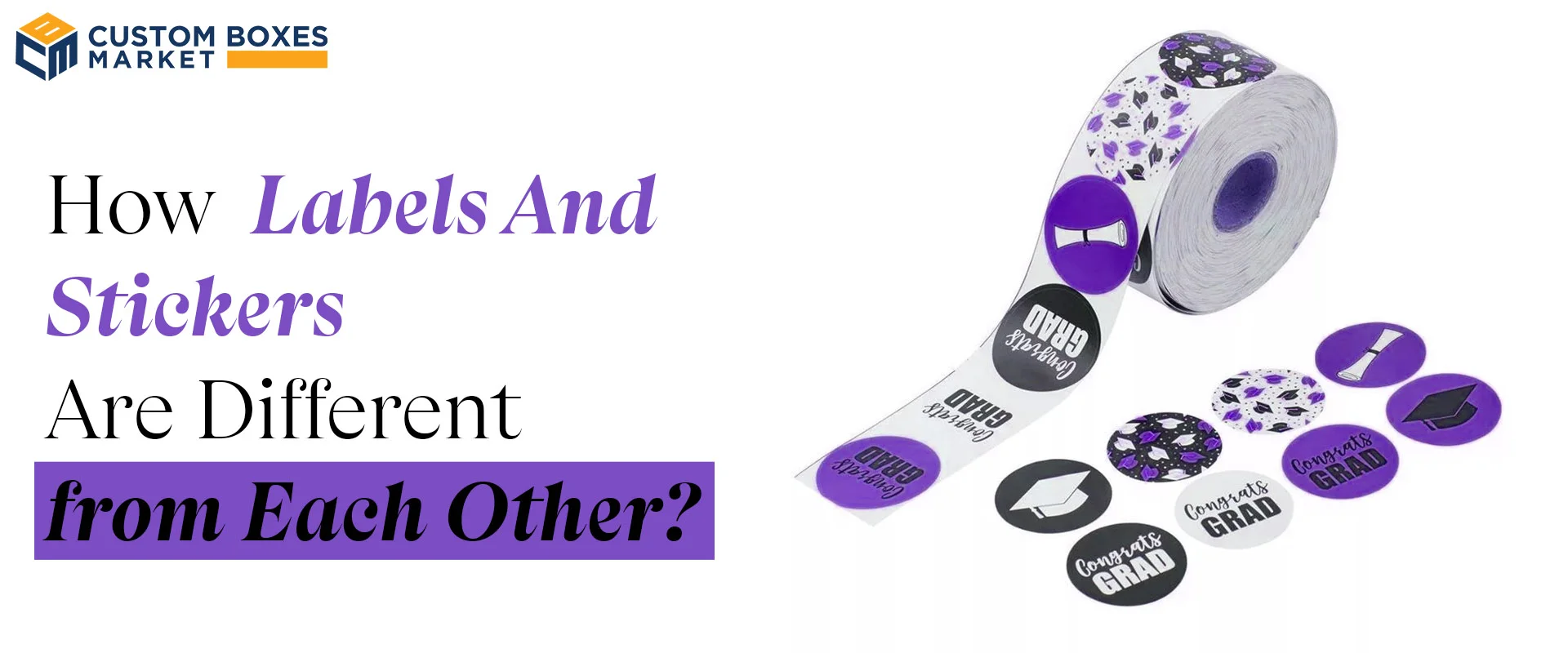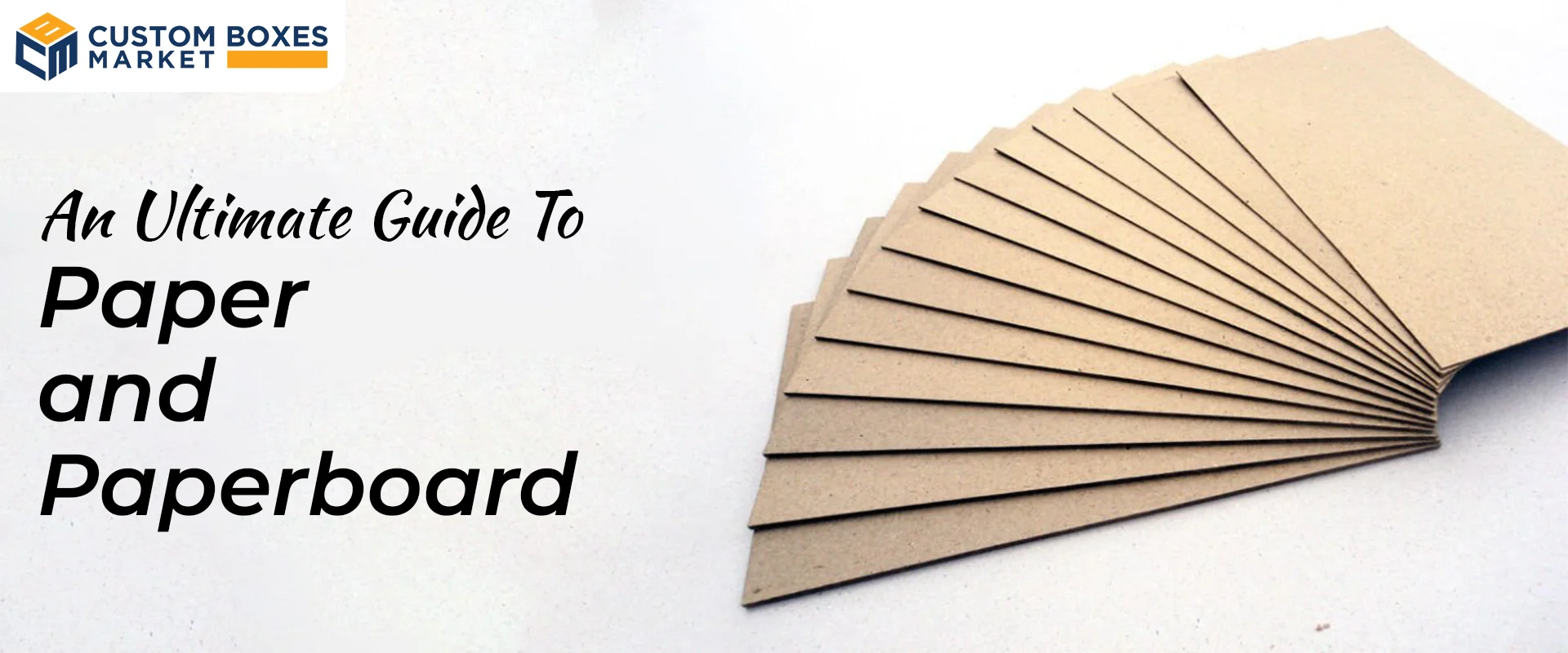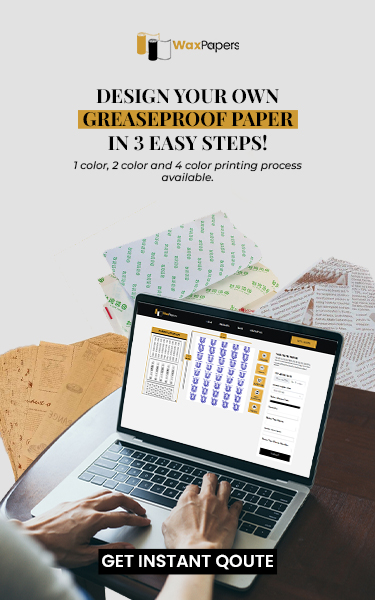How Does Printing With Sublimation Inks Work?
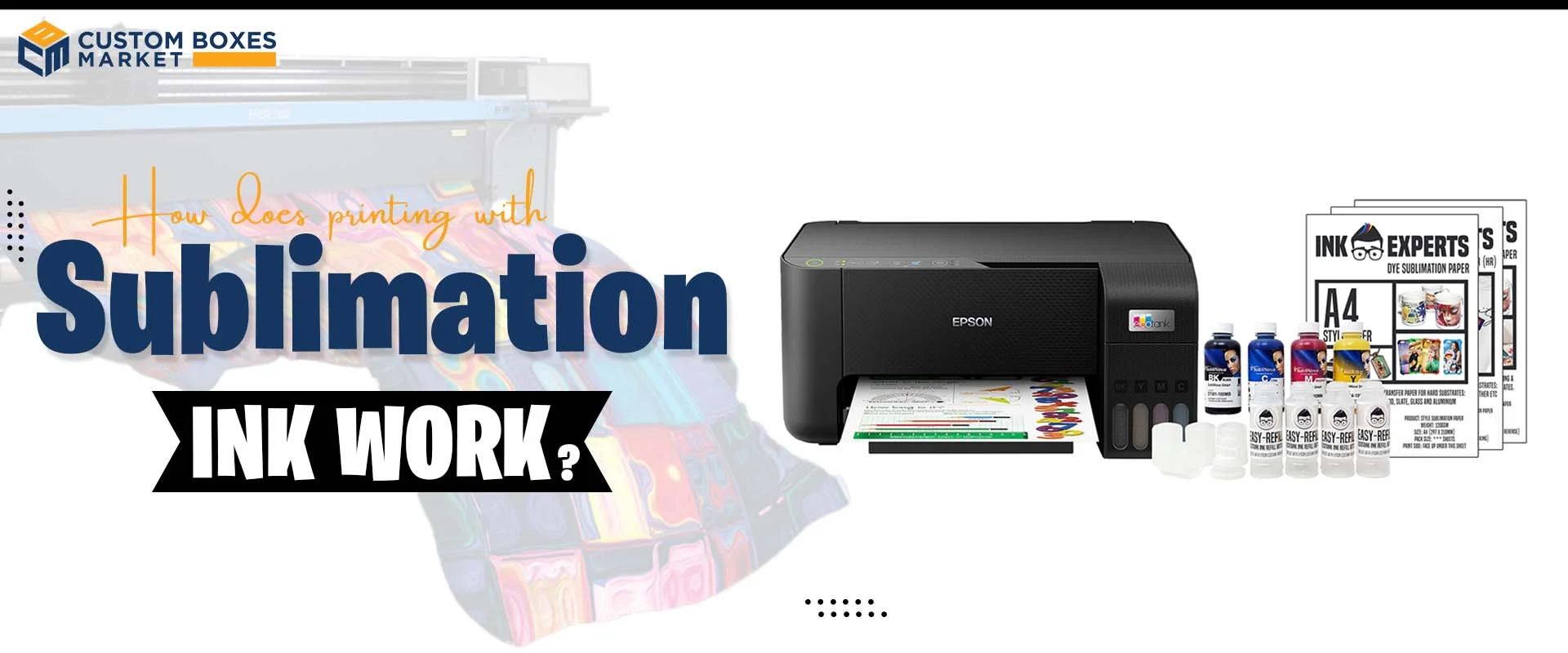
May 20, 2024 Box Printing
Sublimation printing has been getting famous due to its high quality and longevity. Many brands now prefer this printing over others as the quality of the resulting design is impeccable and highly vibrant. Even some brands consider printing with sublimation inks using other printing methods.
The dyes used in regular printing are pretty much different from the dyes used in sublimation printing. Apart from this, there are certain other benefits and limitations of sublimation dyes and printing methods that we will discuss in this blog, you will also get the answer to the question of what is sublimation ink used for, so let’s get started.
What Is Sublimation Printing?
Sublimation is a printing method in which heat is used to transfer design on the substrate. It is not a direct printing process, nonetheless, the resulting quality is entirely impeccable. A substrate is placed on the jig, the design is transferred to the carrier material and then heat pressed on the required printed substrate.
Qualities of sublimation printing
Sublimation printing is the preferred printing option mainly because of its ability to give high-quality and hyper-realistic designs. You can easily duplicate the quality and full-color designs on materials like paper, ceramics, glass, apparel, etc. The features that set sublimation apart are:
- You can easily replicate vivid colors and complex designs
- It is an ideal option when you need a single unit to print
- Specialized ink is required for this process
- The material on which sublimation is being done is required to have a compatible coating called subliglaze coating
- In this process, ink is permanently fused to the material which is why the resulting design lasts for a longer period
What Is Sublimation Ink?
As the process of sublimation is a little different than other printing methods therefore the inks used in this method are also different. Sublimation inks are called “Disperse Dyes” and are chemically different from regular printing inks. These are required to be transferred from solid state to gas and then again to solid, which is why their chemical composition is relatively different. The main components of disperse dyes are:
- 50 % azo compounds
- 25 % anthraquinone
- The remaining 25 % are methine, naphthoquinones, nitro
Features Of Sublimation Ink (Disperse Dyes)
Apart from the different chemical structures of the sublimation ink, many other features make it unique and useful. Specifically for products like apparel, glass, and ceramics, this ink is an ideal option. It is preferred for the sublimation process because:
- Bound easily with specially coated material
- The resulting colours are incredibly vibrant
- You can also get the option of fluorescent ink
- Washable
- It is not suitable for cotton as the colors can bleed
- To use sublimation ink on custom boxes, you have to subliglaze the material for proper printing
What Is Sublimation Ink Used For?
After getting the answer to what is sublimation ink, you certainly want to know why this ink is used for sublimation. When a brand needs high-quality prints of complex designs and vibrant colors then sublimation ink is used. Specifically, apparel made of polyester, such as shirts, is printed with this ink as the design does not crack even after years of washing.
- Manufacturing of barcodes
- Event photography where instant results are required
- Postcard printing
- ID card printing
- Apparel like t-shirt printing
What Is A Sublimation Printer?
So is the sublimation printer just like the regular printers? It is not a hard nut to crack to know what is a sublimation printer. Regular printers such as digital or laser printers deposit inks on the surface of the material. Say offset printers transfer the design from printing plates to the custom packaging boxes’ material however the sublimation printers work differently. Heat is used in this method to permeate ink into the material so that the ink bounds and does not fade away.
It is a thermal transfer printer in which a coating of ribbon is melted to apply color to the material. In direct thermal printing, there is no use of coated ribbon. The three main components of sublimation printers are:
- A thermal transfer printer
- Heating heads or irons
- Polyester ribbons that contain dyes
The printer rolls the material along with the colored ribbons under the thermal heating heads. These thermal heads or irons instantly change the temperature to transfer the color on the ribbon, which is of the same size of material, and print one color at a time. After one round of printing is done, the printer ejects the material partially and then restarts the next cycle.
Almost five cycles are done to print a complete design. The first three cycles are for the printing of the design and the next two processes may include wax ink. The purpose of this ink is to make the design long-lasting and vibrant which is why it is an ideal option for high-quality bar codes and images. So if your question is can you print photos with sublimation ink or not then the answer is simply yes.
Comparison Of Sublimation Printing With Other Processes
As we know in sublimation printing the design is permeated on the material therefore many brands ask to use this printing method using regular inks or vice versa. So let’s compare this printing method with the regular ones.
Sublimation VS Iron-On
Iron-on is not a type of printing or a method of pasting designs on specific materials such as clothes. The iron-on designs or stickers lie on the top of the surface and require weeding. On the other hand, in sublimation no weeding is required and the design goes directly into the surface of the material
Screen Printing VS Sublimation
Screen printing is not a good option when we have to print intricate designs however, sublimation is an ideal option for this purpose. In screen printing, individual stencils are required which is why only fewer designs and colors can be printed via this method and it is only preferable when the material is flat such as the material of custom cardboard boxes.
On the other hand, sublimation printing can be used for multiple colors you can even get a design made with the shades of same color. Moreover, the speed of sublimation is higer than screen printing and you can also use it when you need printing for an individual item.
Inkjet Printing VS Screen Printing
The main difference between the two is that in inkjet printing liquid ink is used and in sublimation, a solid dye is used. Sublimation is a more customizable process as compared to inkjet. The designs printed with inkjet or other printing methods instead of sublimation are prone to fading.
When Not To Use Sublimation Printing
Although, sublimation is one of the most efficient and high-quality result-driven processes it also has several limitations. So you can not use this process all the time. The few limitations of sublimation printing are as follows:
- You can not estimate the amount of ink being used as this process irregularly uses the dyes
- The cost of sublimation is higer
- You can neither use the regular printer to use sublimation inks nor you can use regular inks with sublimation printings
- Sublimation is only a good option for white or lighter color backgrounds
- This process is limited to specific coated material like polyester or subliglaze coatings otherwise your design may bleed
- It is not a good option when heat-sensitive materials are printed such as silk
- You can not produce texture using this sublimation printing method
Conclusion!
Printing with sublimation inks is one of the unique and finest ways to get different designs. This process varies from the regular printings and needs different dyes called sublimation ink or disperse dies. A thermal transfer printer is used for sublimation but it is relatively a costly process.
However when high quality, intricate designs, and specifically when barcodes are required on the boxes then we at CustomBoxesMarket can facilitate you with this option. To know more about this process or its feasibility, you can contact at the given number on our website.
Categories
Recent Posts
18 / July , 2024 Box Customization
27 / June , 2024 Box Material
20 / May , 2024 Box Printing
15 / May , 2024 Business Growth, Inspiration
3 / May , 2024 Inspiration
2 / May , 2024 Inspiration
25 / April , 2024 Inspiration, Product By Industry
8 / April , 2024 Box Material
